Surrounded by construction
Construction is all around us: the building works, from houses to streets and public structures, bear the invisible anonymous sign of the workers and the firms that made them. Many of these works are visible and are part of our daily imagery. Others, like all that concerns urbanization, are more or less invisible. “I dealed with urbanization, but it is not a satisfactory job, because you cover everything and nothing is to be seen. [...] Civil construction is highly satisfactory for a firm owner because, after doing something, the work remains in history, like a painting...” (interview with Marino Piemonte, entrepreneur, Buja).
The marks of man on the territory
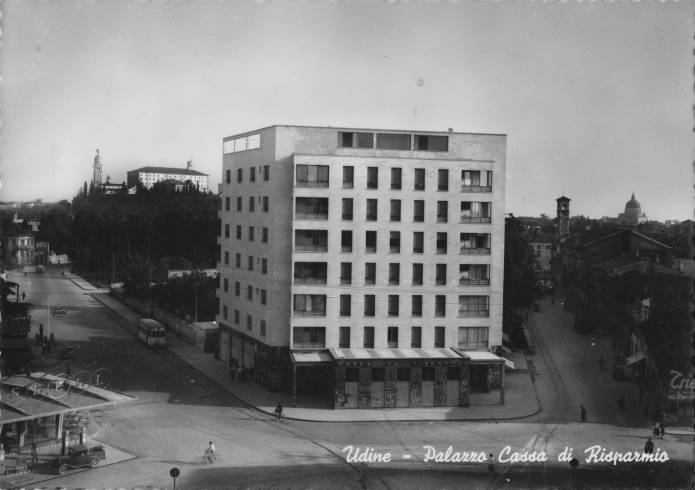
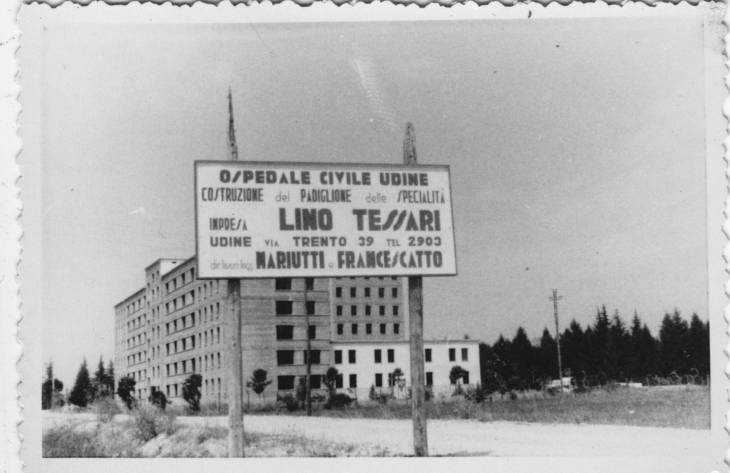
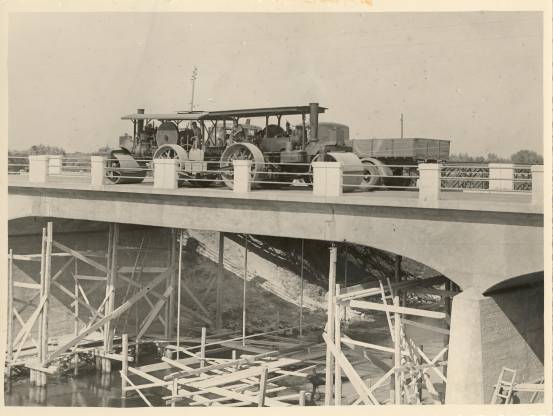
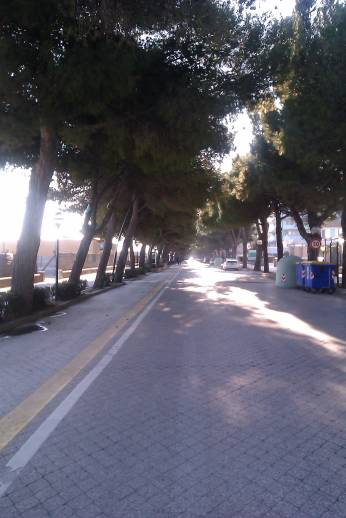
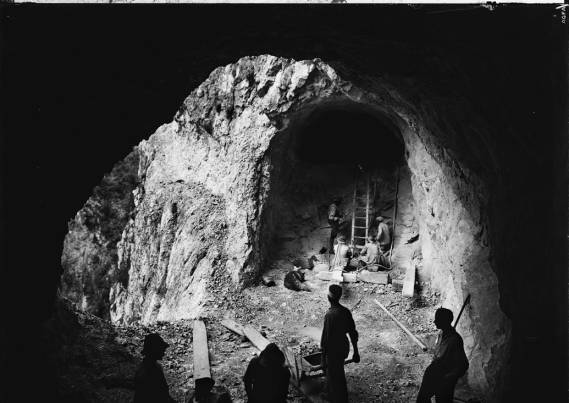
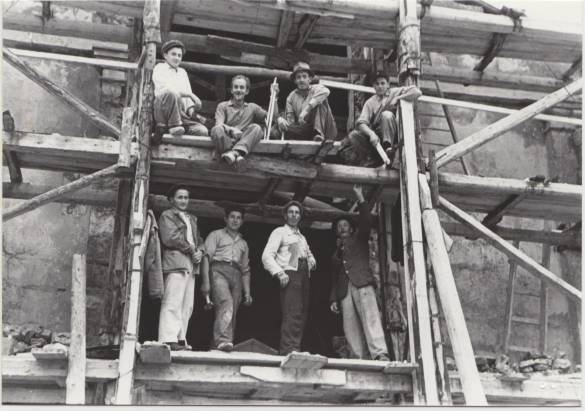
Building from scratch
A great deal of construction consists in erecting new structures: public and private construction, civil and industrial building.
Maintenance of the territory
Construction also means to take care of the territory, repair the infrastructures, carry out the maintenance of the water supply and of all the existing structures.
Reclamation and restoration of existing buildings
To build not only signifies to erect new structures, but also to restore and convert the existing ones to adapt to new requirements, rules and regulations, which often occurs according to architectural and artistic restrictions (implementation of old building techniques, use and reclamation of ancient materials).
Rebuilding
Specificity of the cure is evident towards works and structures that have been damaged. In Friuli some very important rebuilding operations took place in the post war periods and after the earthquake in 1976.
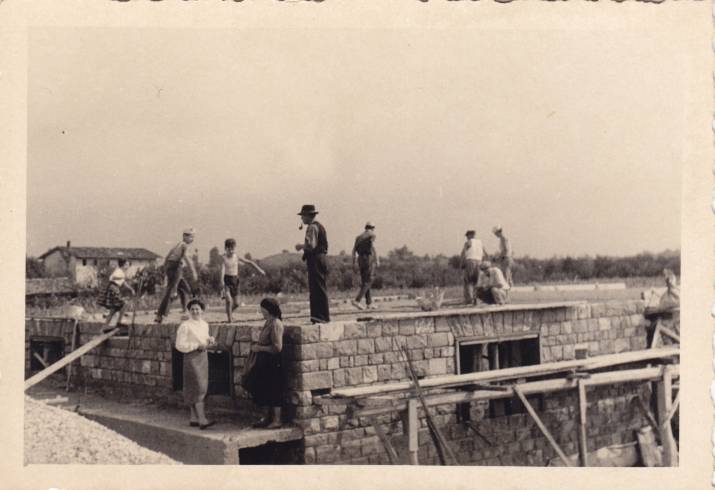
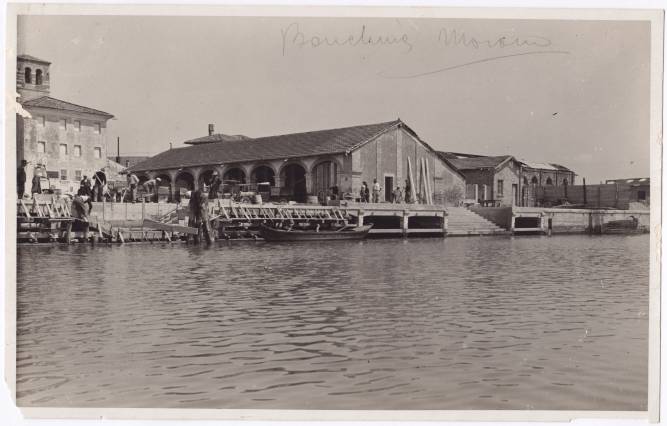
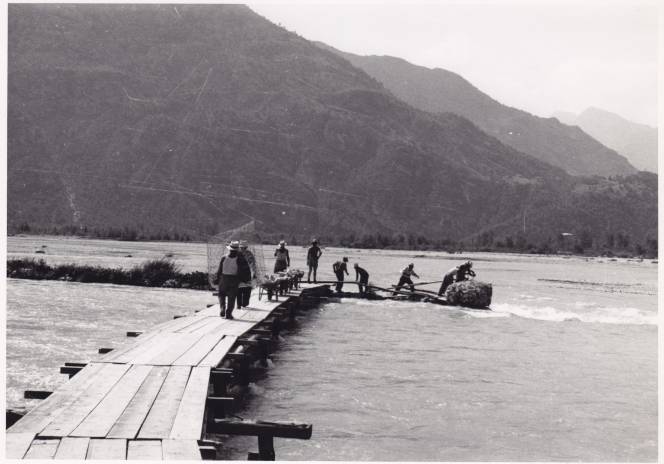
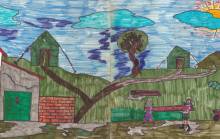
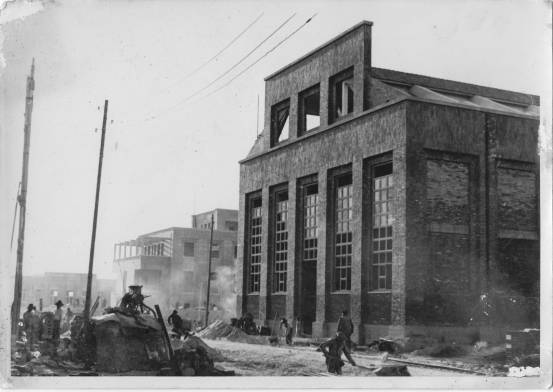
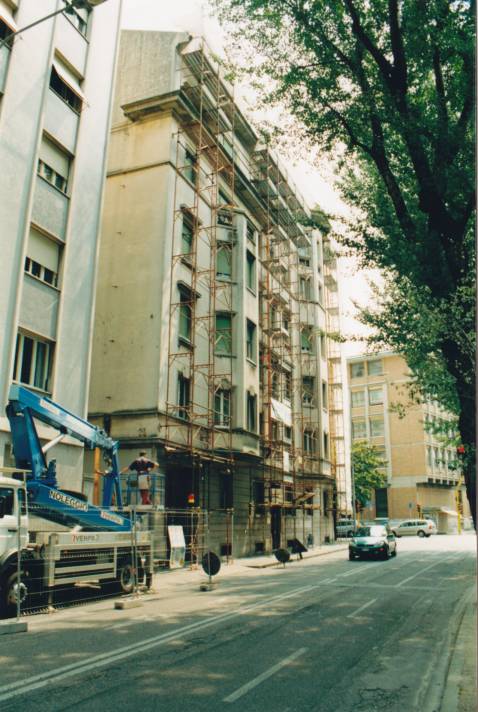
Building know-how at the service of imagination: Lignano Sabbiadoro
Construction is an important and fundamental instrument which gives life, shape and material to ideas and projects, creating single buildings and entire cities. The case of Lignano Sabbiadoro is relevant because new buildings were constructed in a new town, entirely thought out, planned and built, starting from the ’20s.
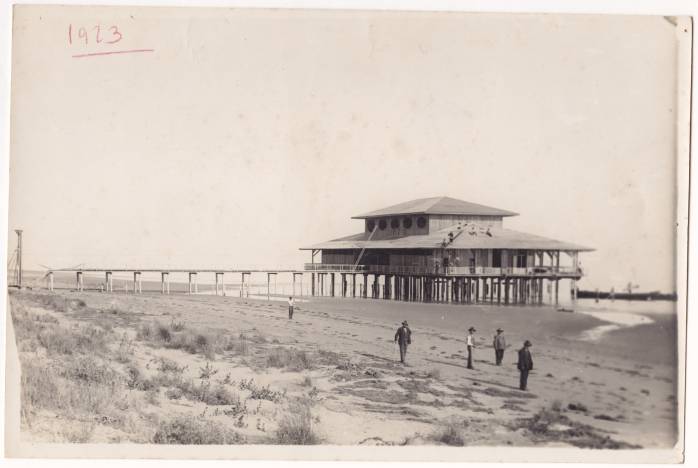
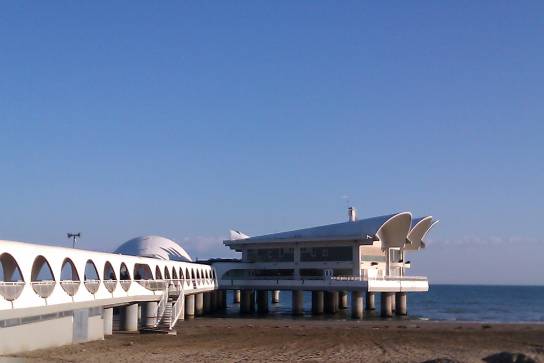
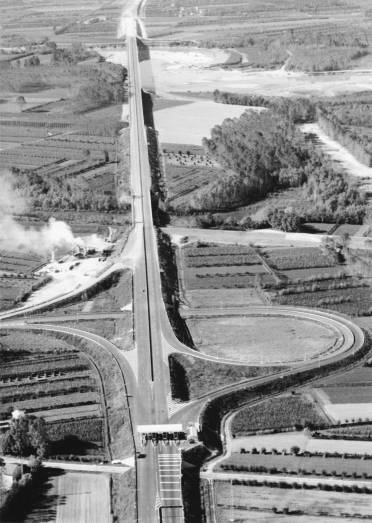
Architect Marcello D’Olivo and Ursella Construction Company
Architect Marcello D’Olivo and the company Ursella, specialized in prefabrication, gave life to an ideal partnership. Together they worked on many structures that still characterize Lignano , like the shop train in Lignano Pineta.
“D’Olivo told me he could never give life to his numbers and his dreams without the comprehension and the competence of the old Ursella and his sons and his employees, because the work on paper means very little in the art of construction” (Leonardo Sinisgalli, Una città è nata in mezzo agli alberi e le acque, 1954).
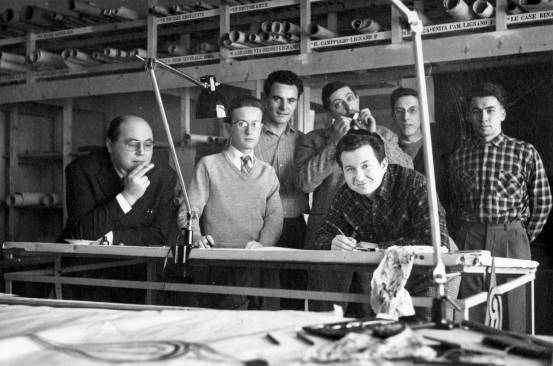
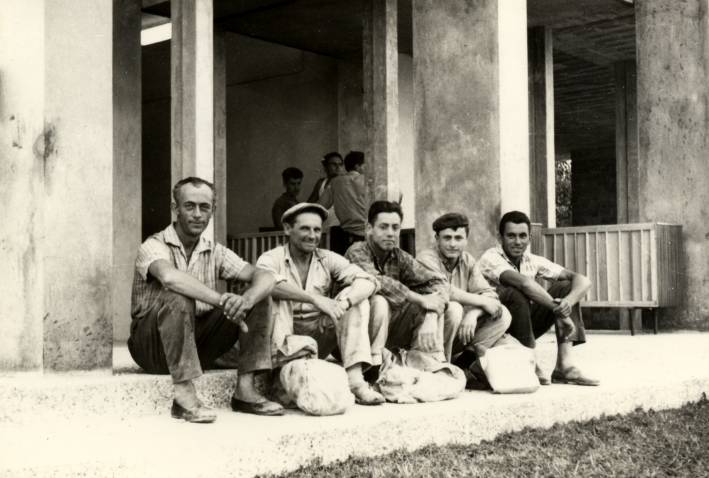
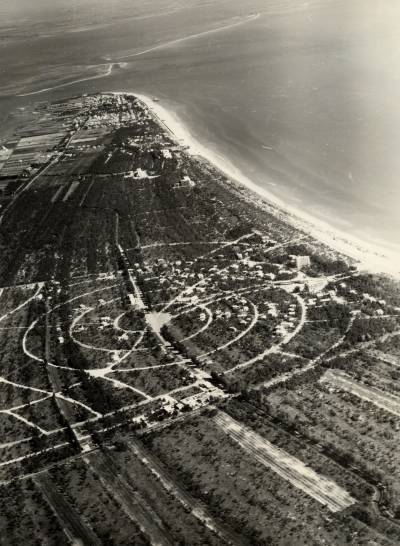
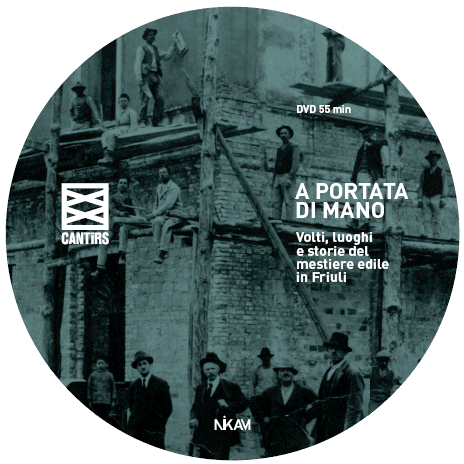
A portata di mano.
Volti, luoghi, storie del mestiere.
Realizzato da Nikam Immagine Video, Udine (2014), a cura di Paolo Comuzzi, Andrea Trangoni, Sabrina Tonutti. Il documentario si articola in una serie di video-interviste a lavoratori, imprenditori edili, insegnanti e Direttori di istituti aventi a che fare con l’edilizia friulana. Le tematiche più salienti affrontate sono: la trasmissione del sapere di mestiere ai giovani; come è cambiato il settore edile nel giro di mezzo secolo; l’emigrazione in edilizia; l’evoluzione tecnologica e normativa; storie personali di mestiere; storia delle fornaci; edilizia idraulica; la lavorazione della pietra; il mosaico; la prefabbricazione; tecniche e materiali in edilizia. Oltre alla video-interviste il documentario propone riprese video realizzate ad hoc e una ricca selezione di materiale filmico/fotografico d’archivio.
LE TUE FOTO

per spedirci del materiale
fotografico









 museo@cassaedileud.it
museo@cassaedileud.it